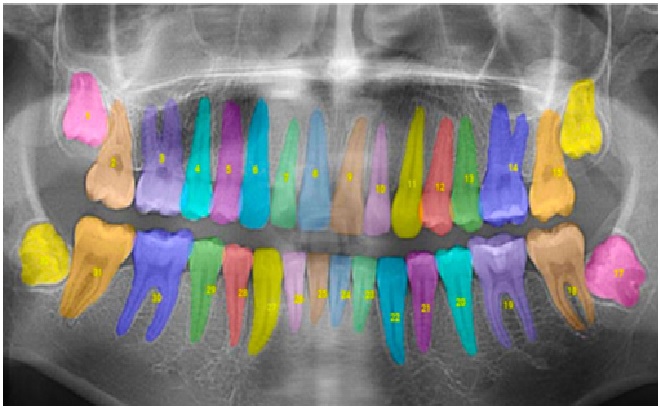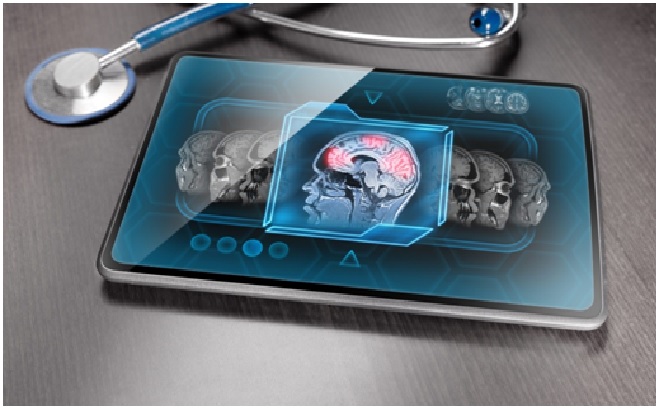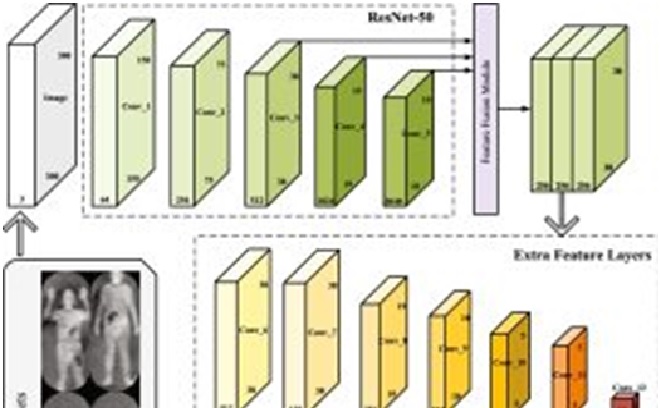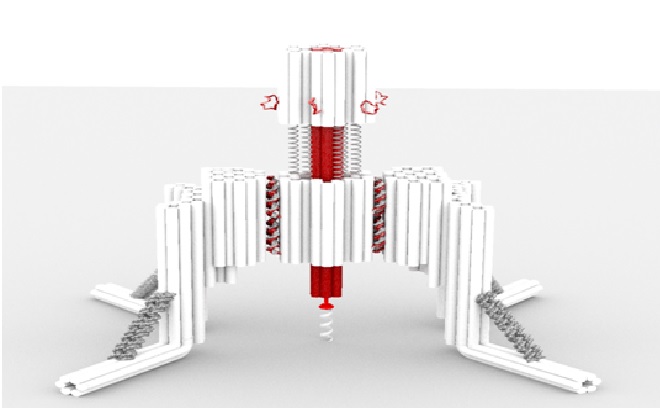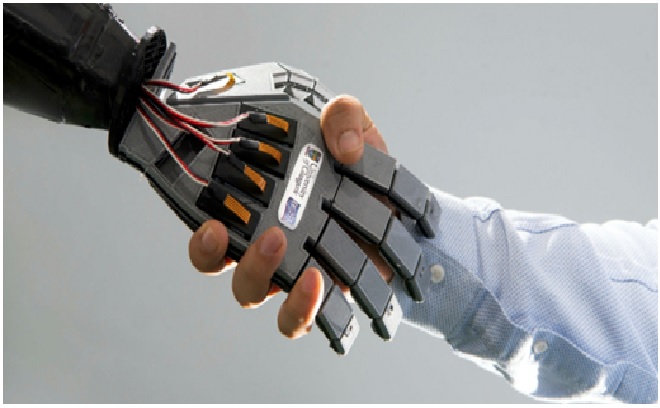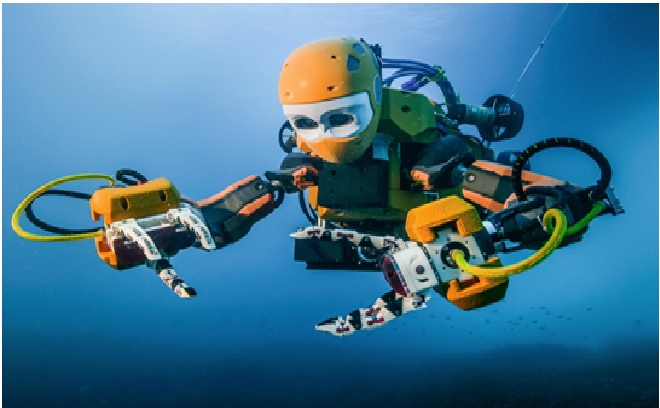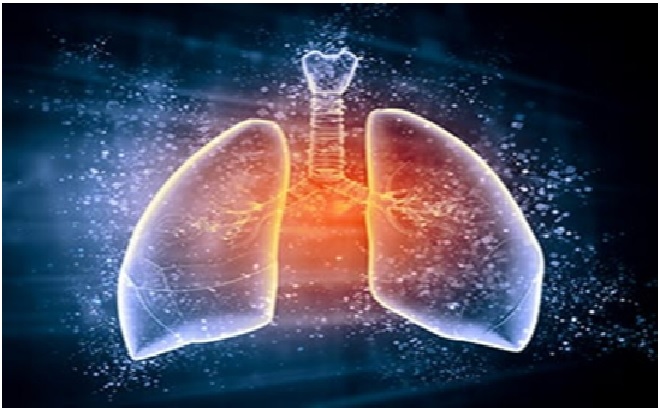Innovative Sensors Designed for Robotic Systems could Transform Prosthetics
Prosthetics and robotic limbs could be transformed as part of a new project to create cutting-edge sensors for use in robotic systems. The goal of the research is to create sensors that give robots enhanced capabilities by using precise pressure sensors that provide haptic feedback. The Scottish Research Partnership in Engineering (SRPe) and the National Manufacturing Institute for Scotland (NMIS) Industry Doctorate Programme in Advanced Manufacturing are funding the project, which is being led by the University of the West of Scotland (UWS) and Integrated Graphene Ltd. The sensors are made of 3D graphene foam, which when subjected to mechanical stress exhibits unique characteristics. [1]
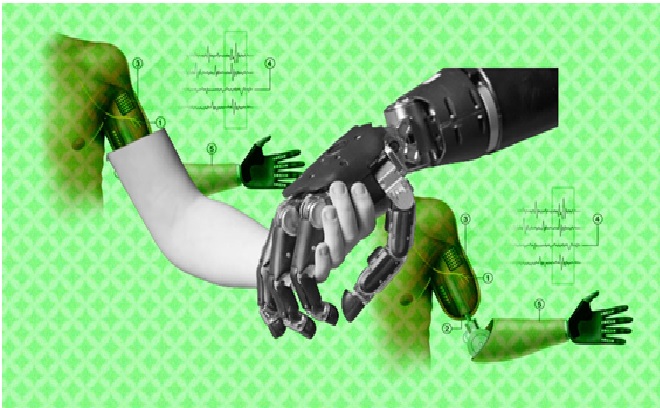
Figure 1. Innovative Sensors Designed for Robotic Systems could Transform Prosthetics
Figure 1 shows the researchers utilised a piezoresistive technique, which makes it simple to detect and adapt to the range of pressure necessary, from light to heavy, because when pressure is applied, the material dynamically changes its electric resistance.
Accurate pressure sensors capable of delivering more tactile ability were necessary for robots to function to their full capacity, said Des Gibson, adding, ““Our collaboration with Integrated Graphene Ltd, has led to the development of advanced pressure sensor technology, which could help transform robotic systems.” [2]
According to Marco Caffio, co-founder and chief scientific officer of Integrated Graphene, their innovative 3D graphene foam, Gii, is able to mimic the sensitivity and feedback of human touch, which could have a transformative impact on how robotics is used in various applications. a practical application.
Innovative substances such as 3D graphene foams hold great promise in such applications due to their excellent electrical, mechanical and chemical properties. Dr Nunez added that their research highlights the enormous potential of using dynamic pressure sensors to revolutionize the field of robotics. [3]
“Within robotics and wearable electronics the use of pressure sensors is a vital element, to provide either an information input system, or to give robotic systems human-like motor skills. An advanced material like 3D graphene foam offers excellent potential for use in such applications, due to its outstanding electrical, mechanical, and chemical properties. [4]
References:
- https://gadgets360.com/science/news/robotic-sensors-improve-prosthetic-limbs-research-3d-graphene-foam-adapt-pressure-3212946
- https://realtimeindia.in/innovative-sensors-designed-for-robotic-systems-could-transform-prosthetics-research-suggests/
- https://www.technologyshout.com/innovative-sensor-designed-for-robotic-system-could-transform-prosthetics-study-shows/
- https://scitechdaily.com/advanced-new-sensors-could-transform-prosthetics-and-robotic-limbs/
Cite this article:
Thanusri swetha J (2022), Innovative Sensors Designed for Robotic Systems could Transform Prosthetics, AnaTechMaz, pp.150



